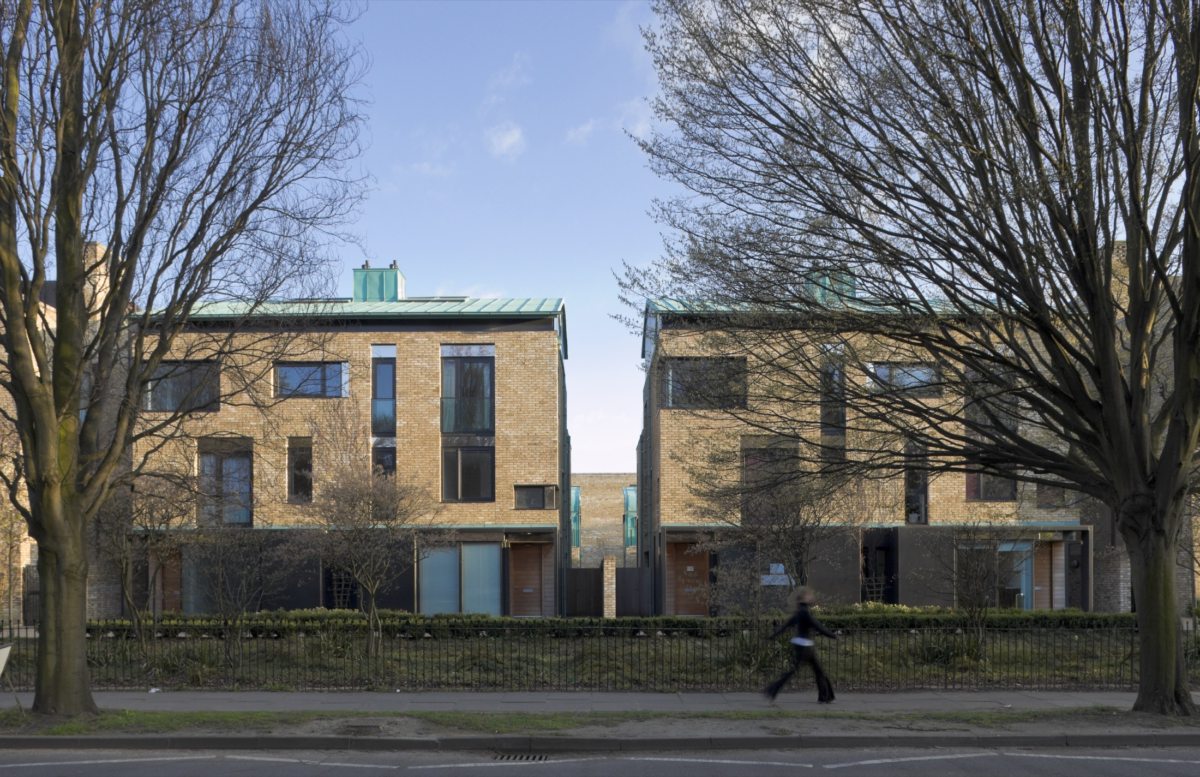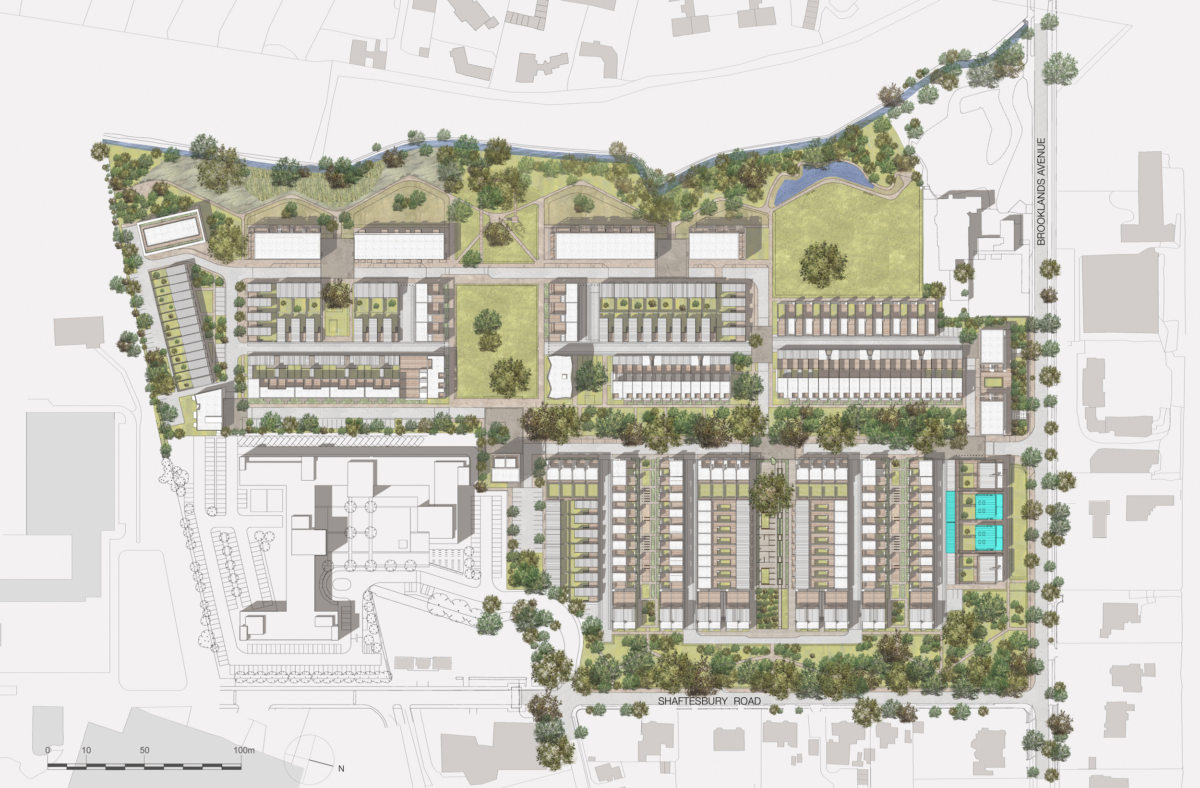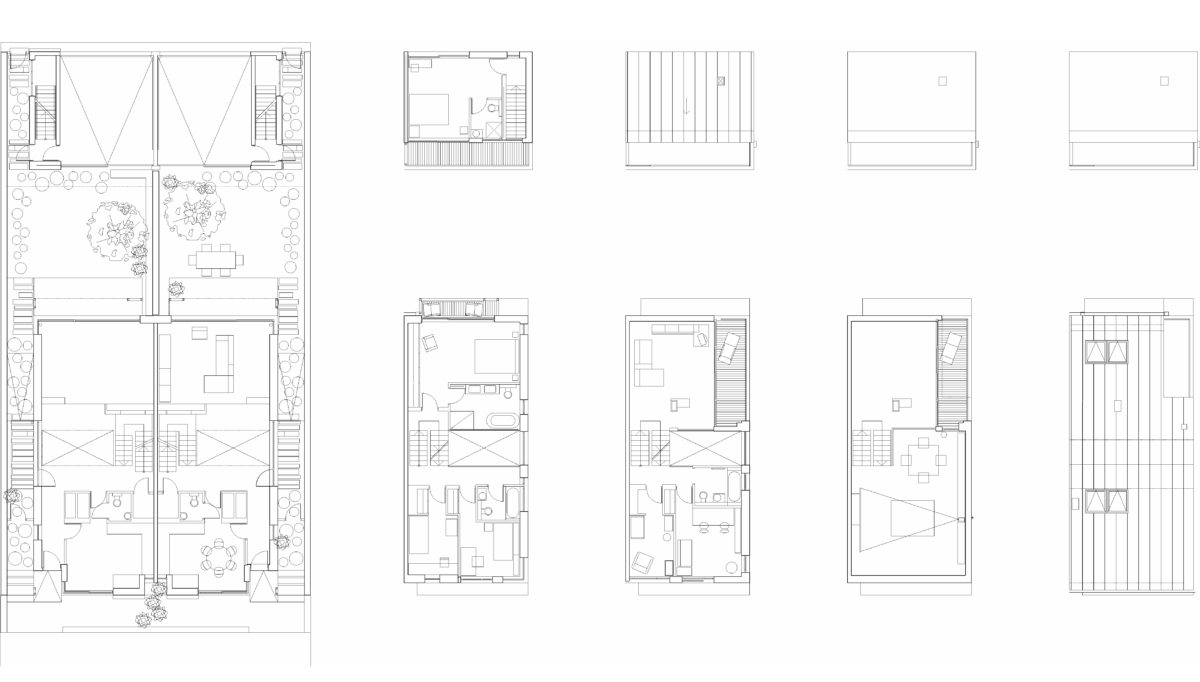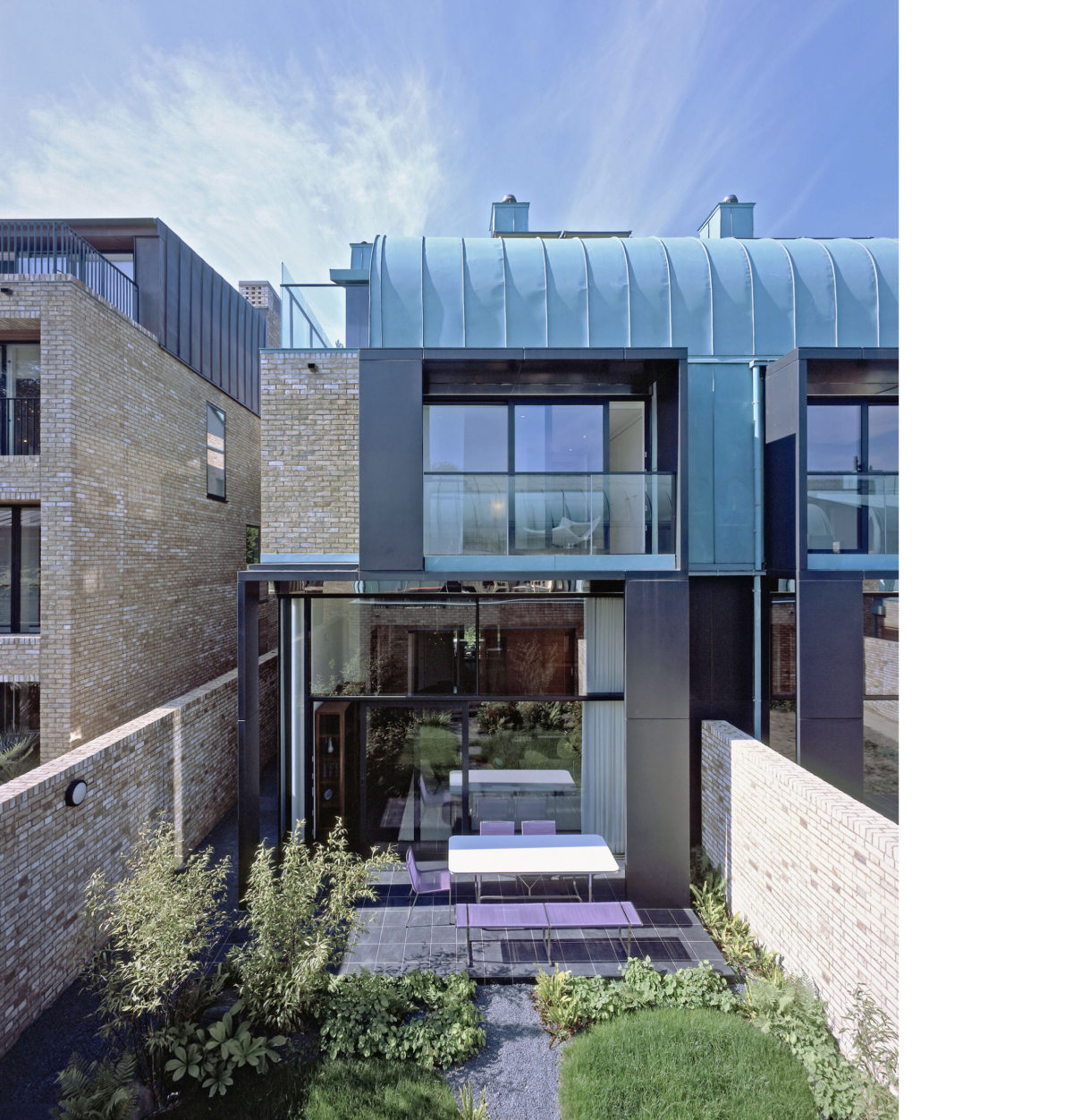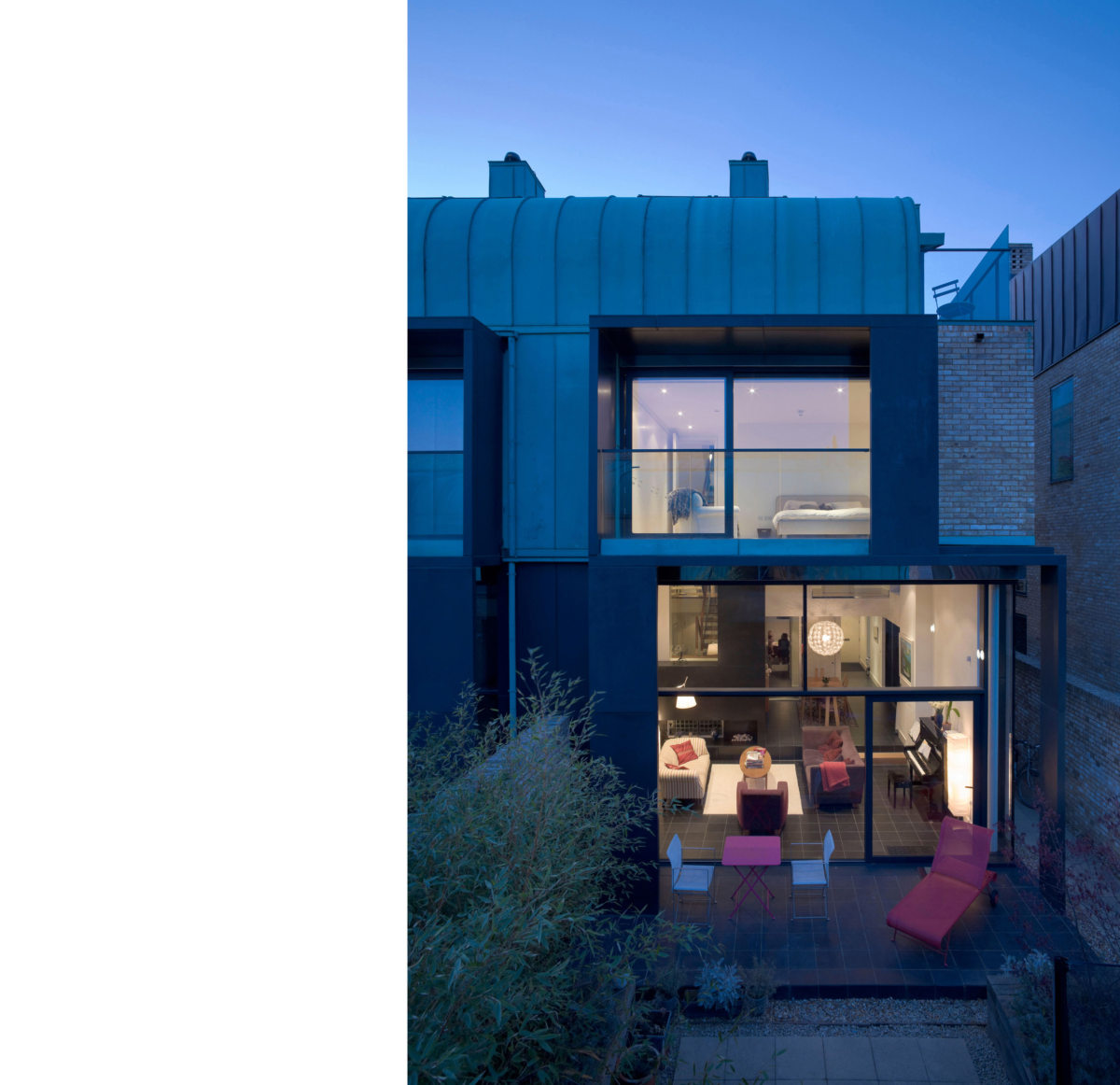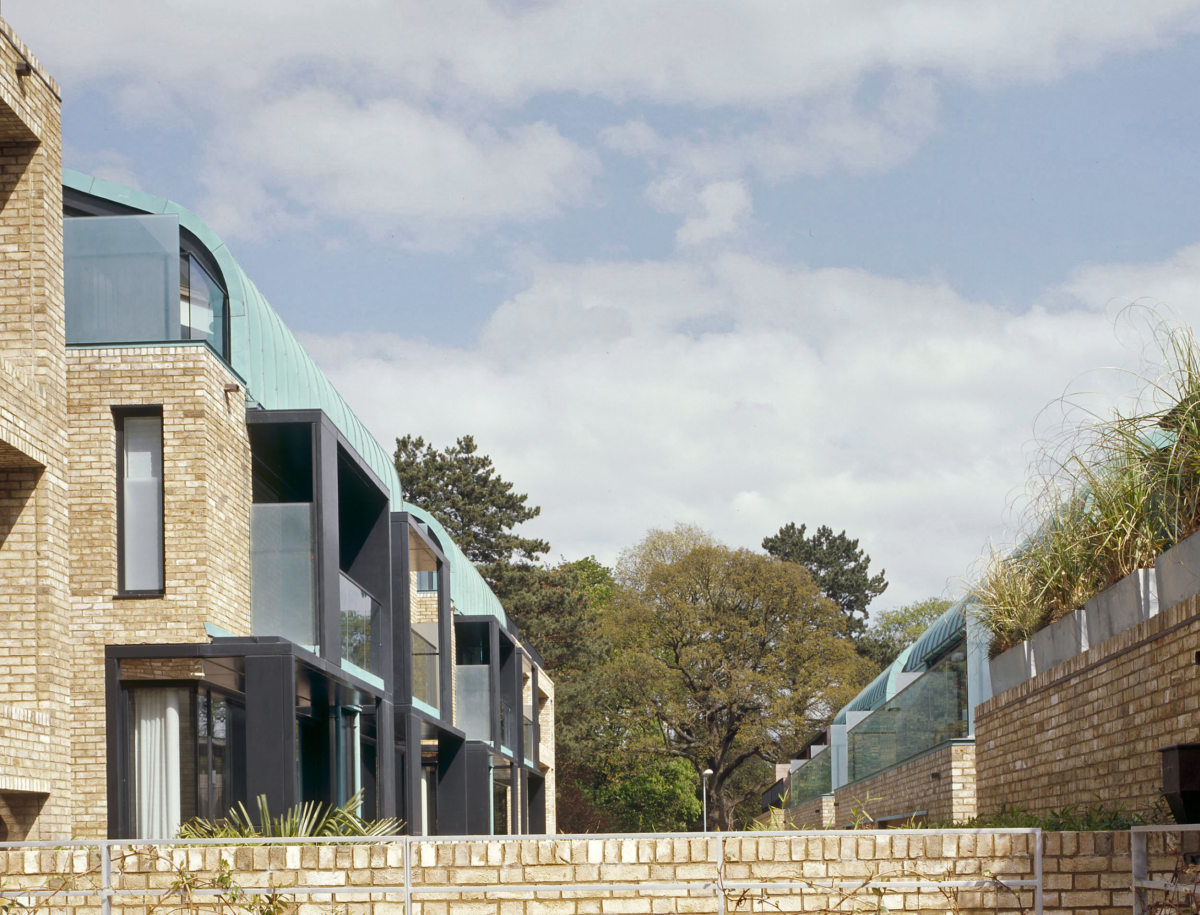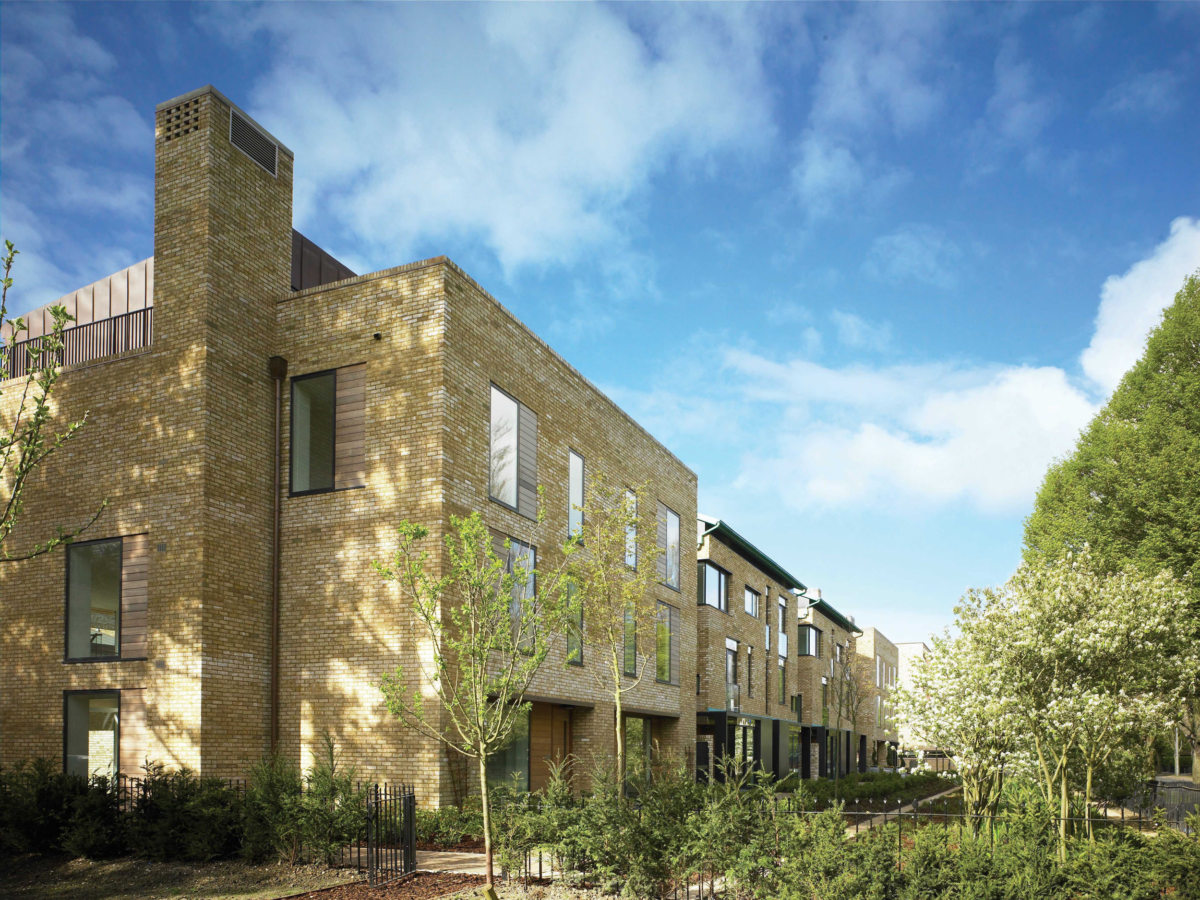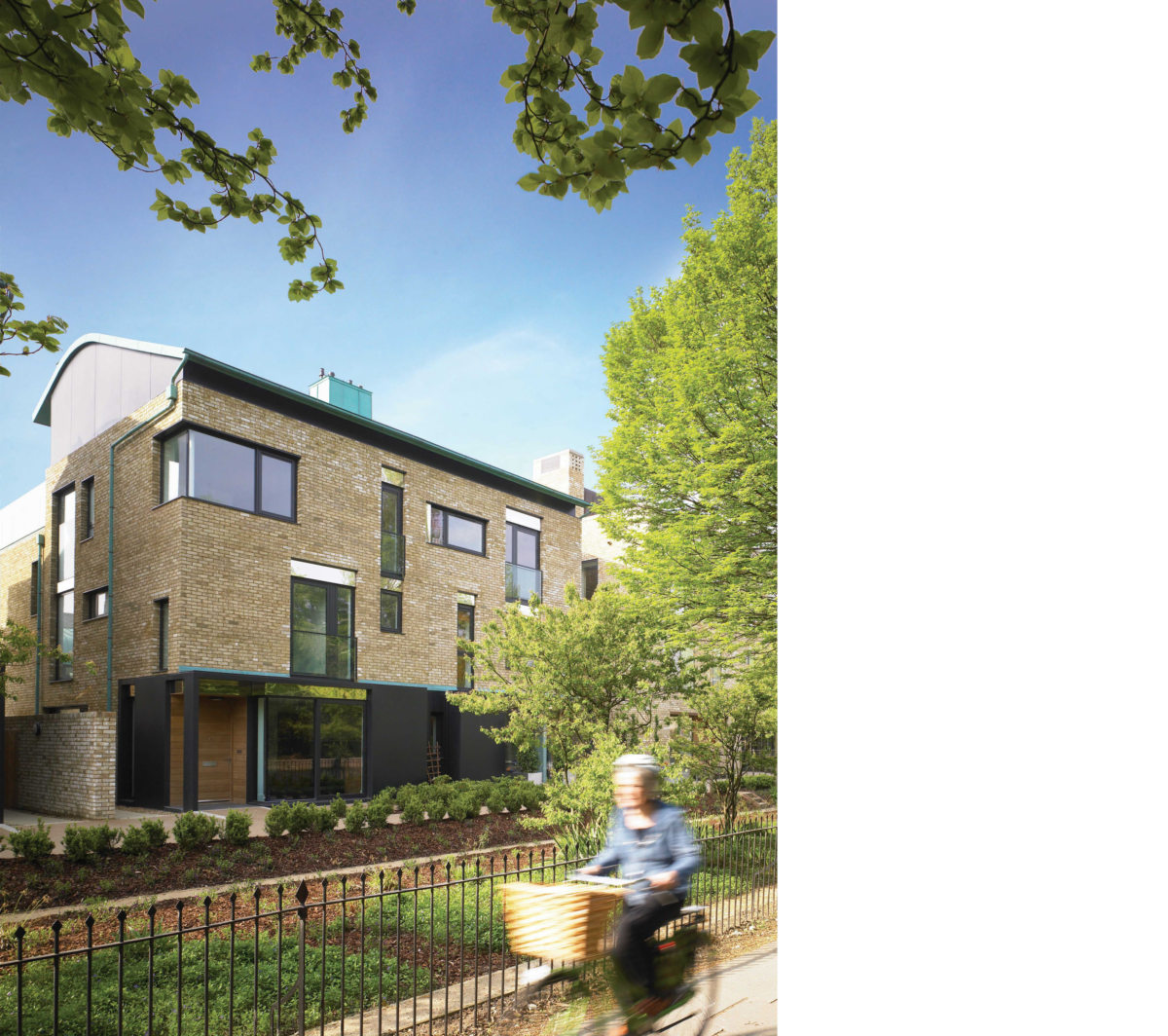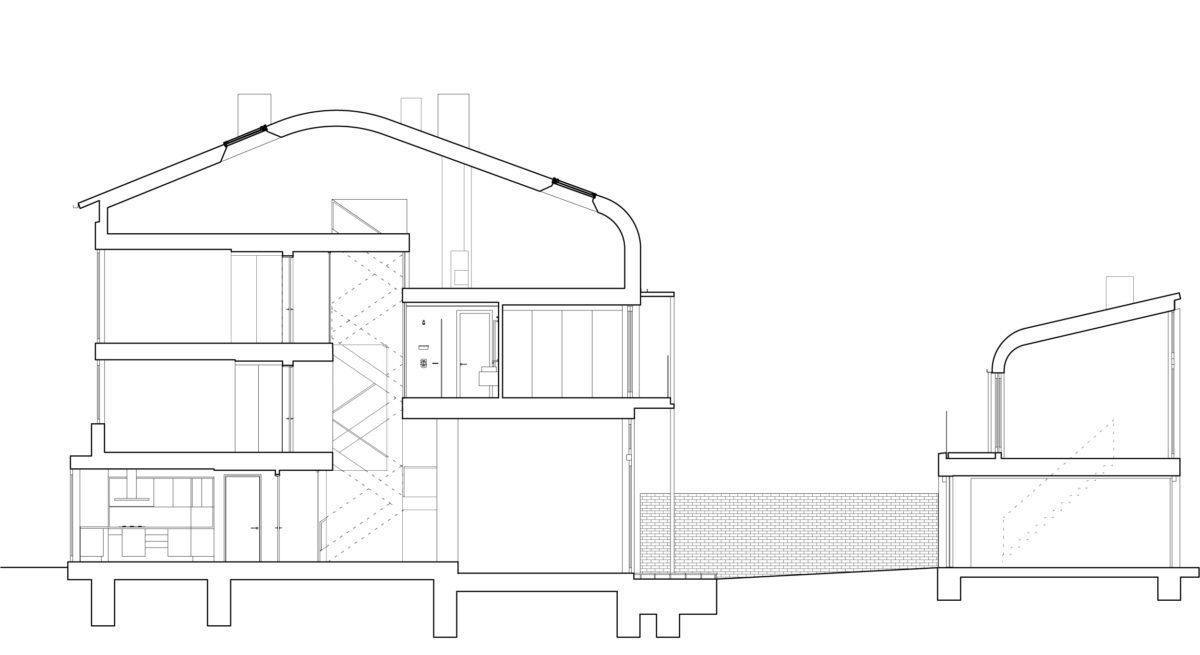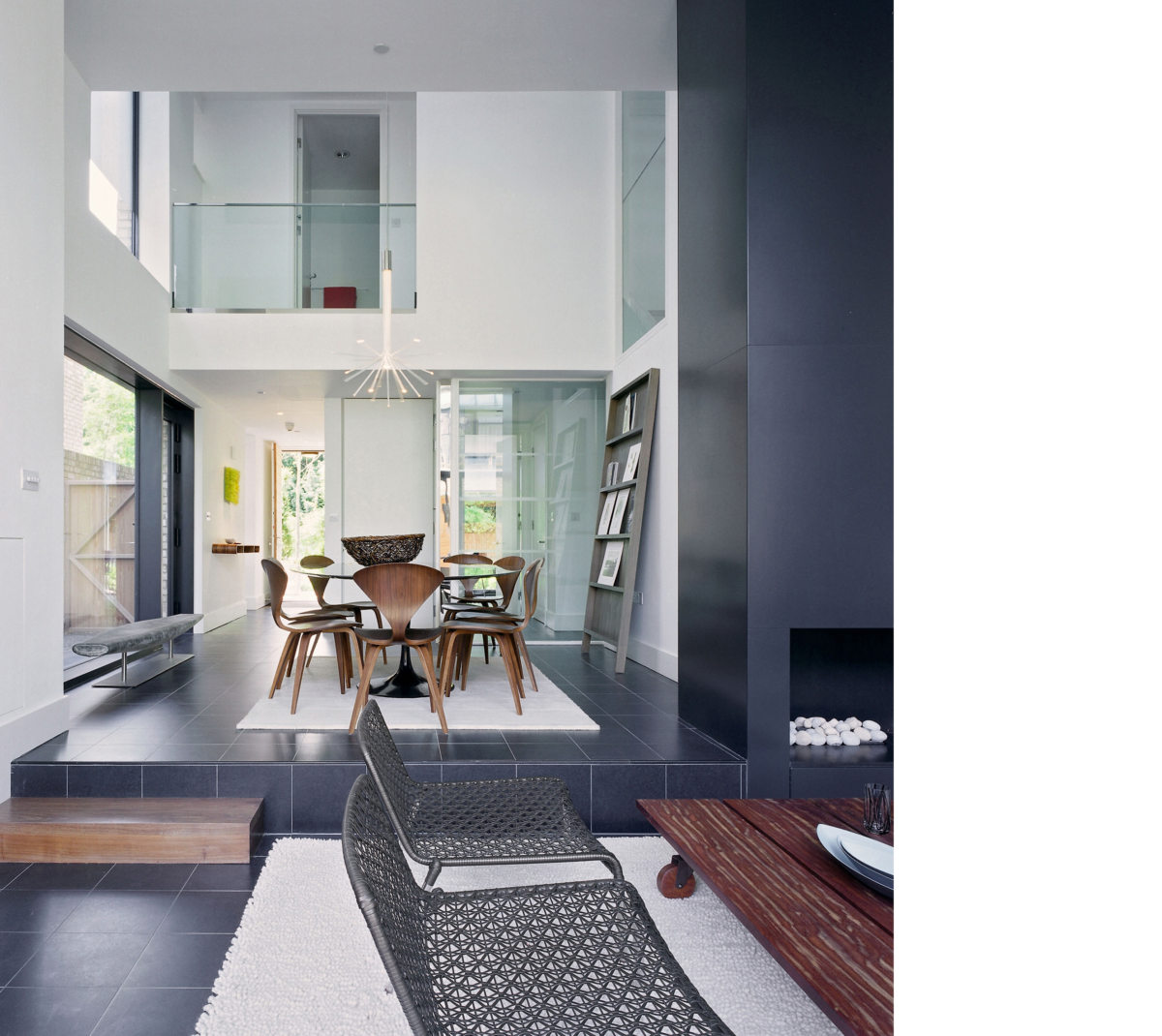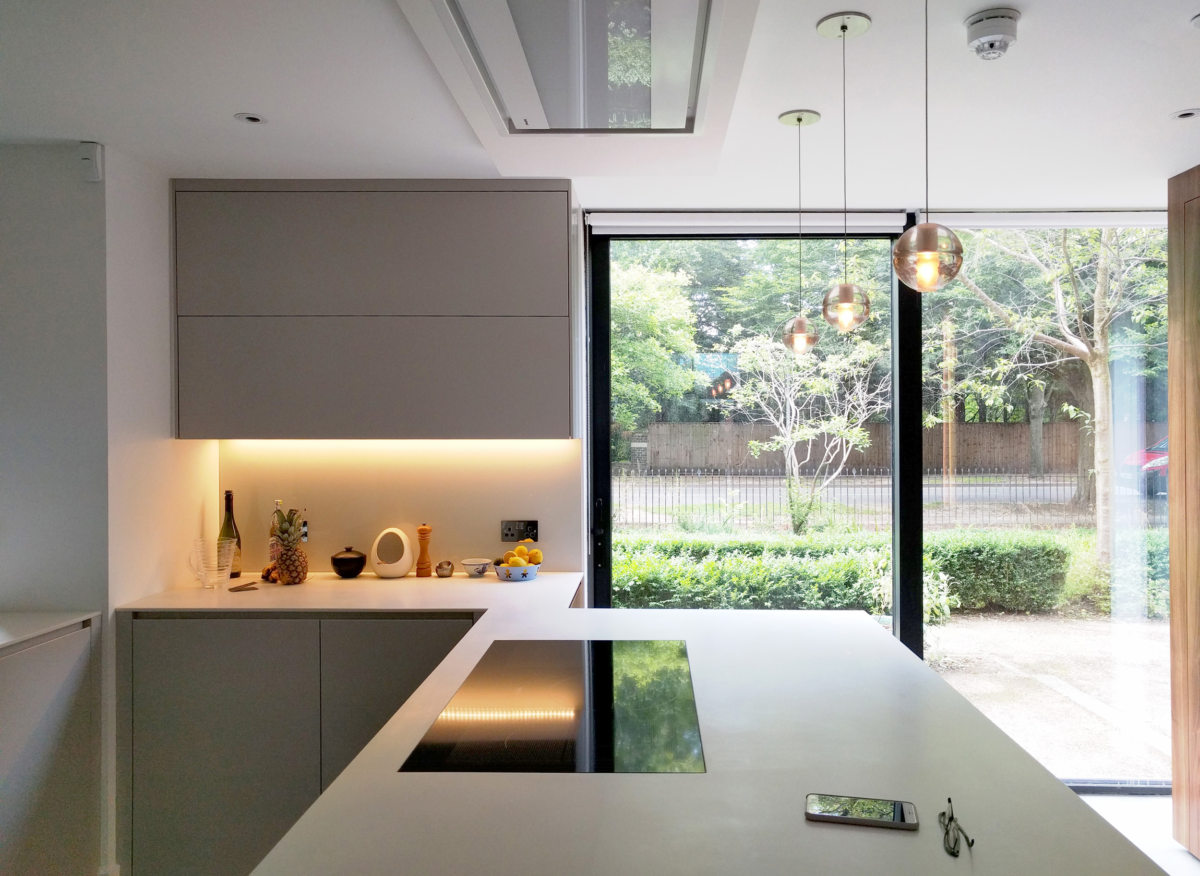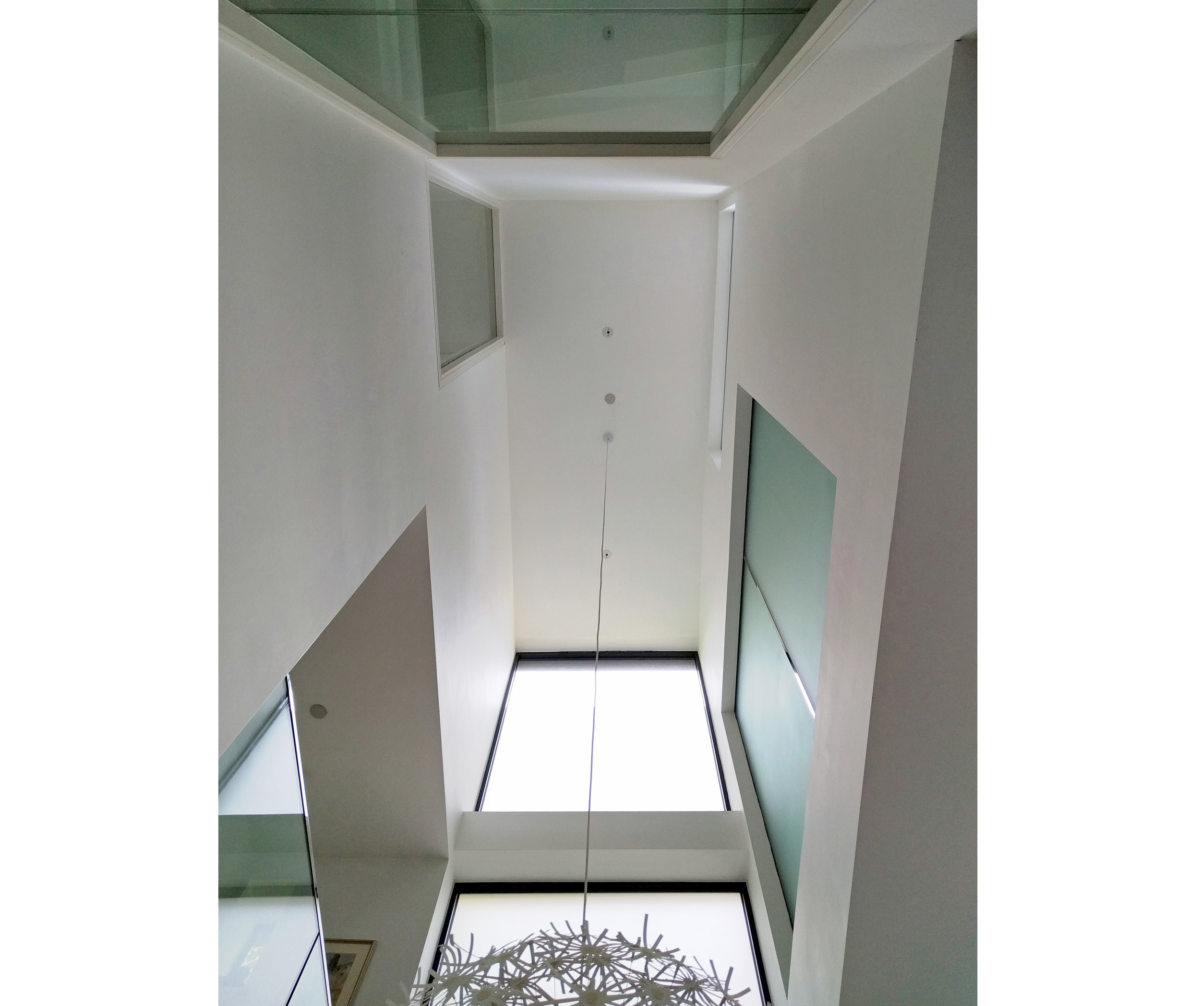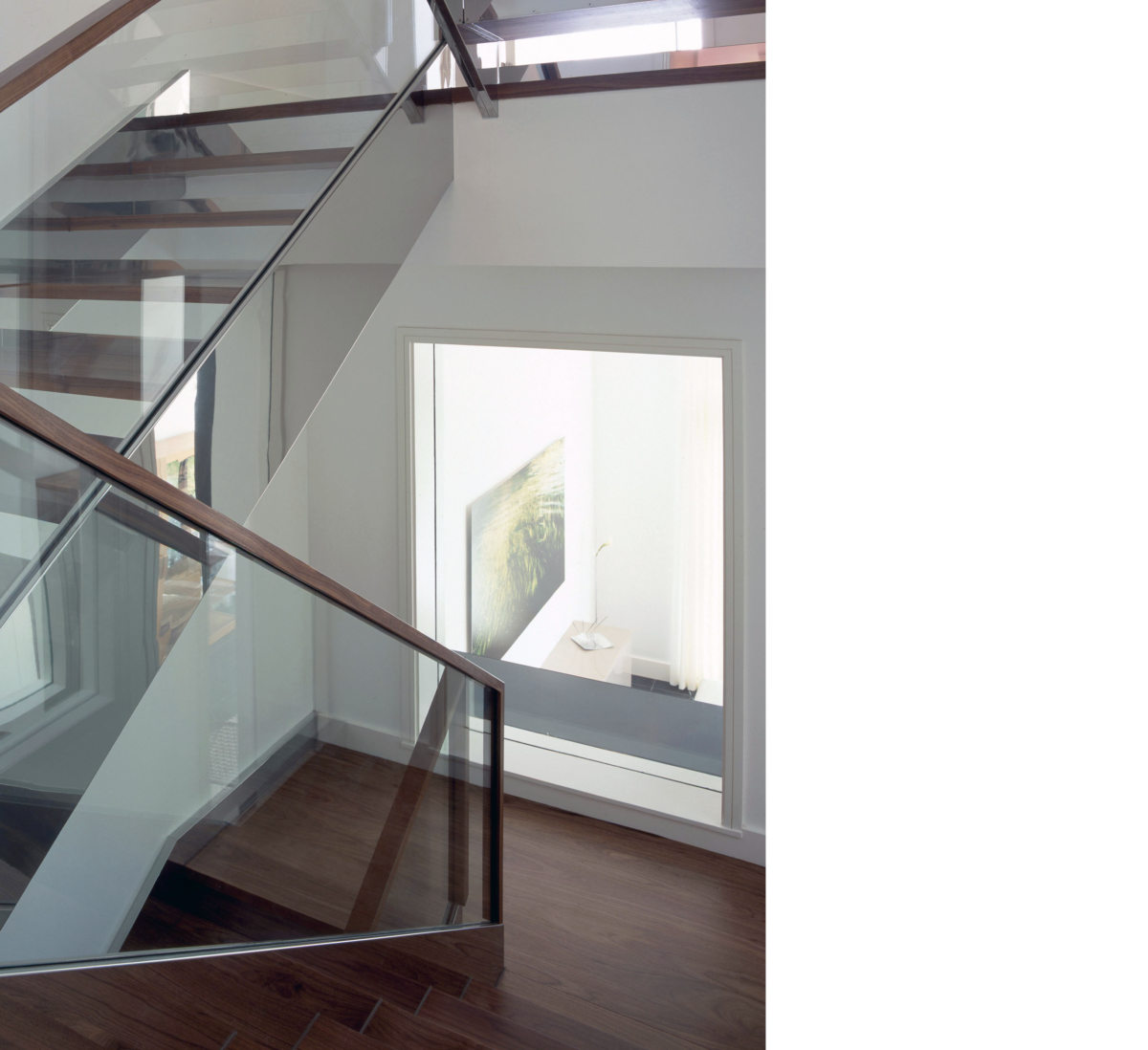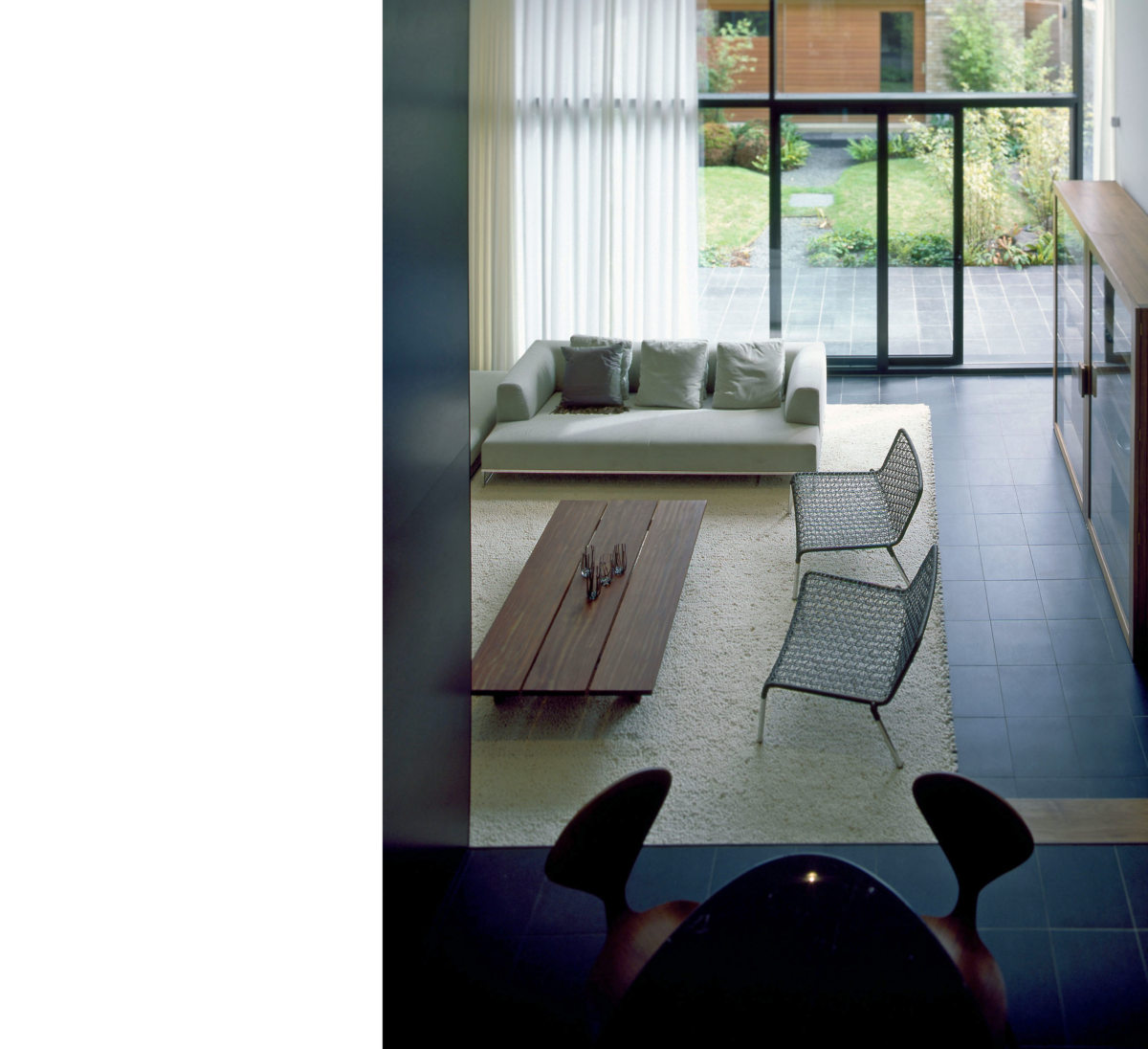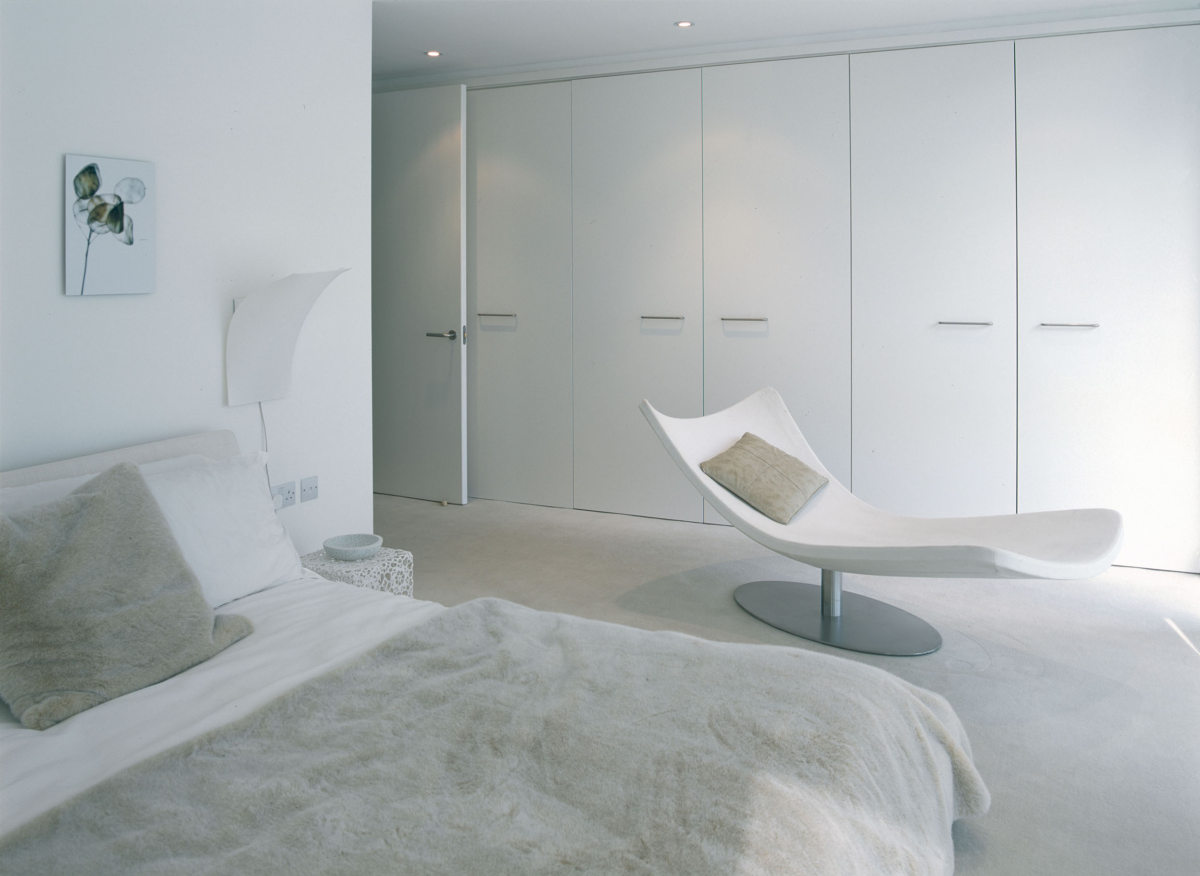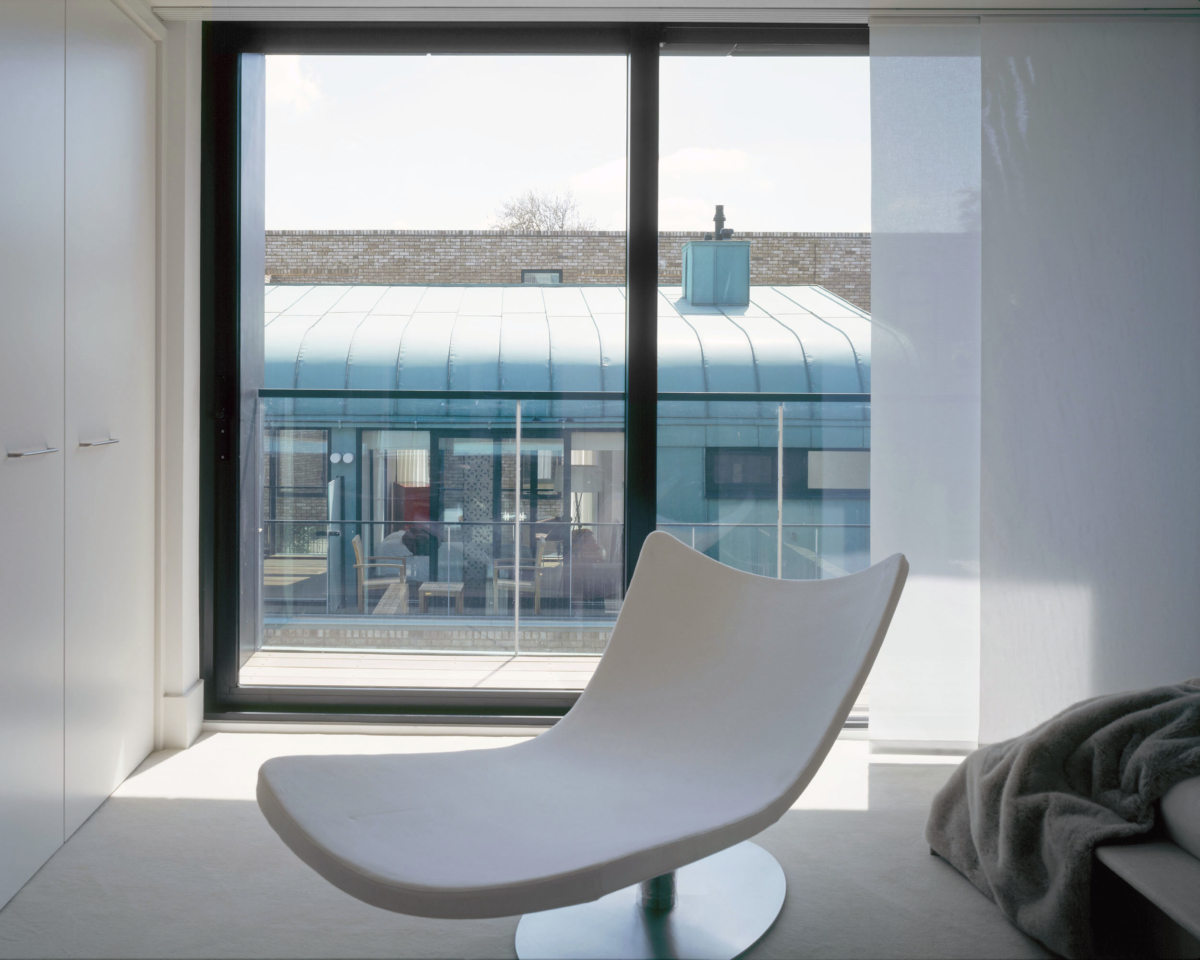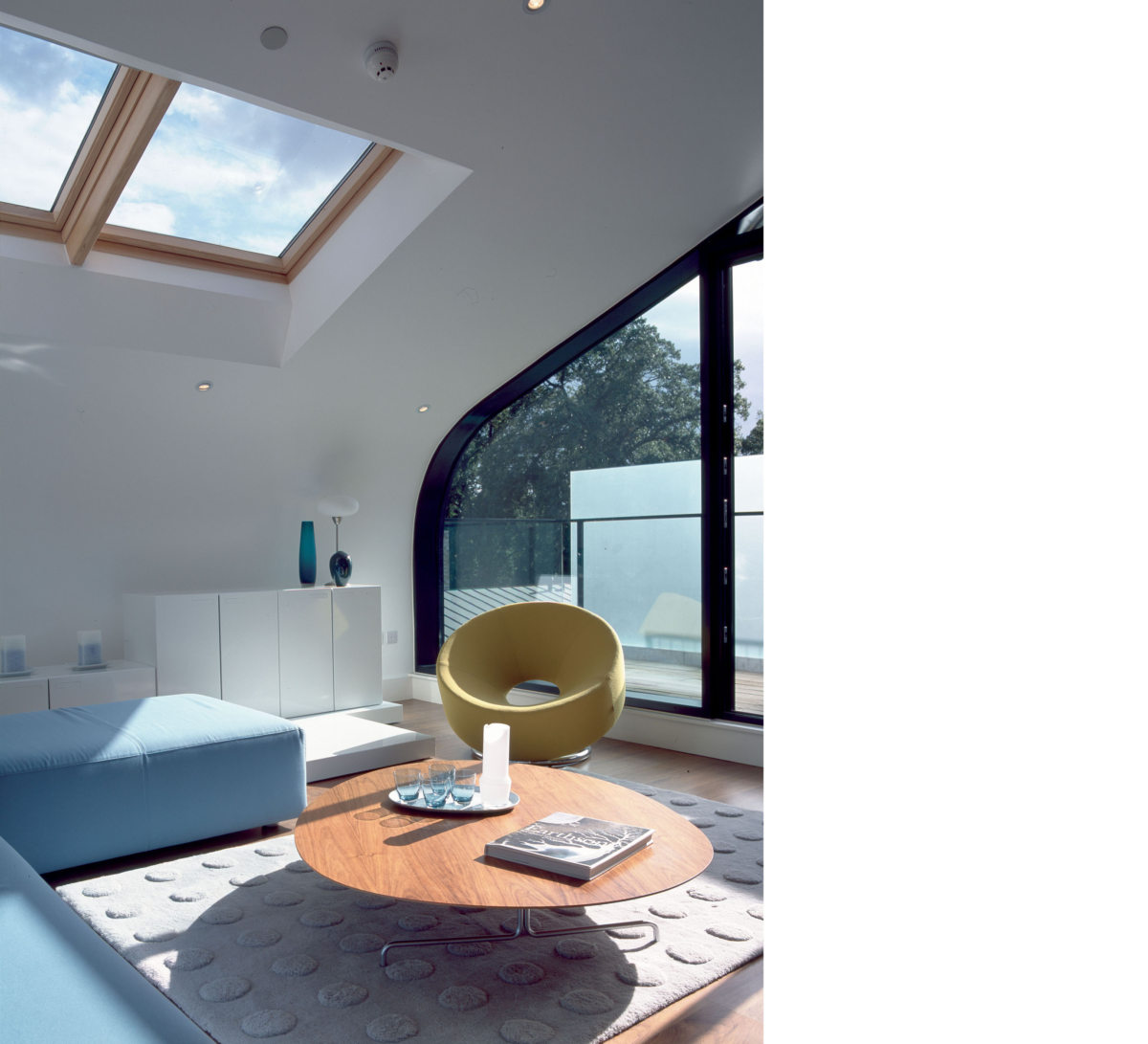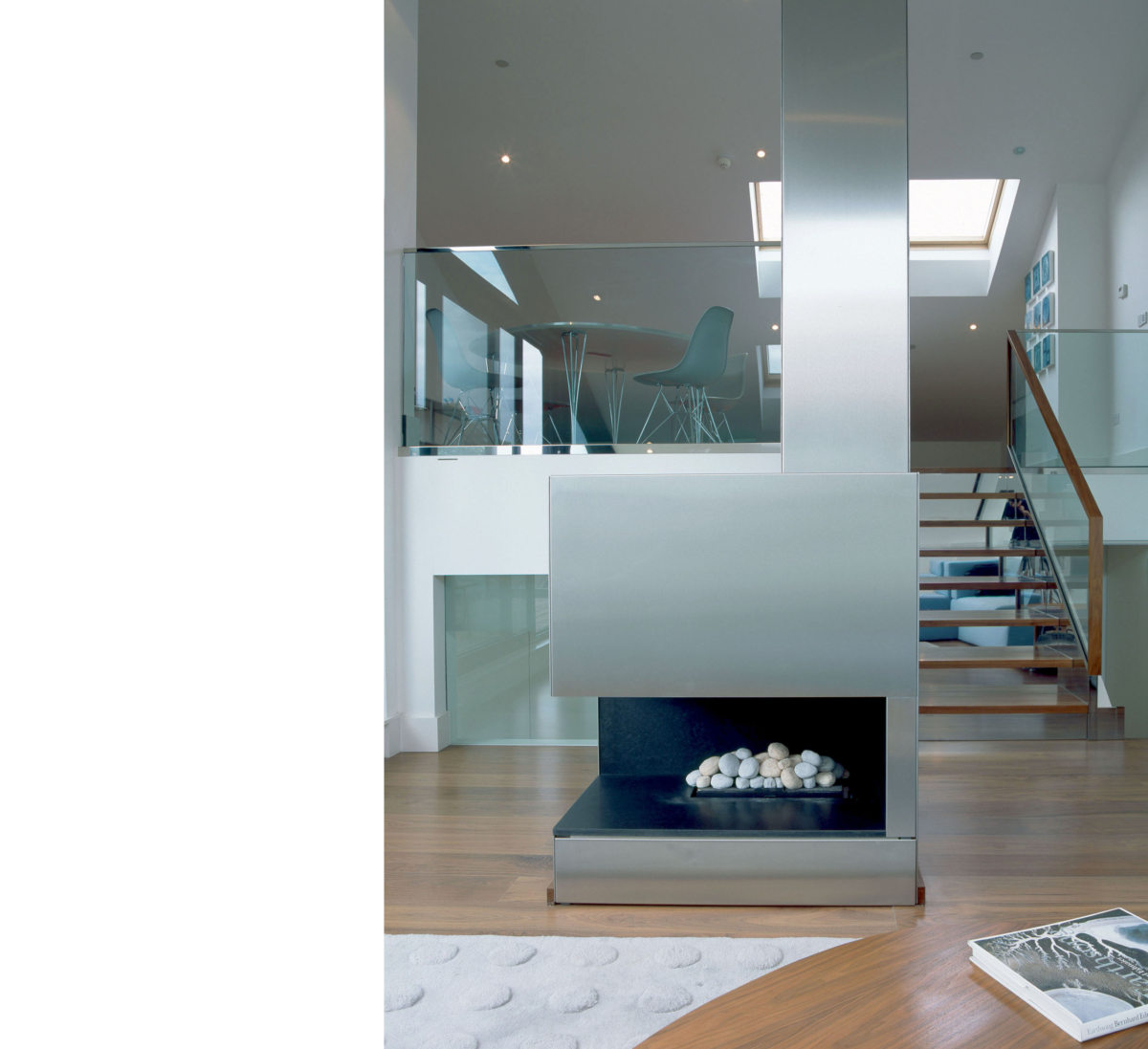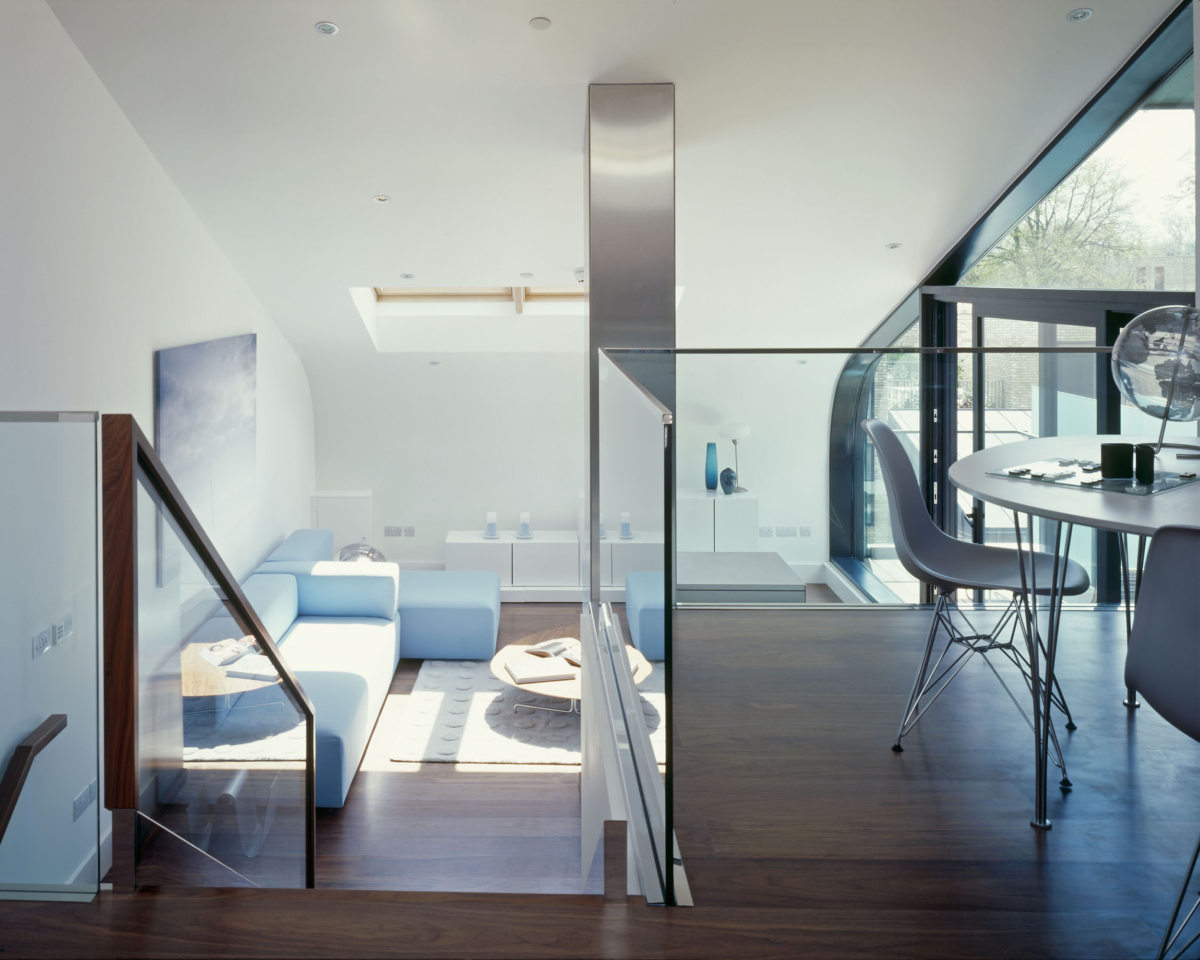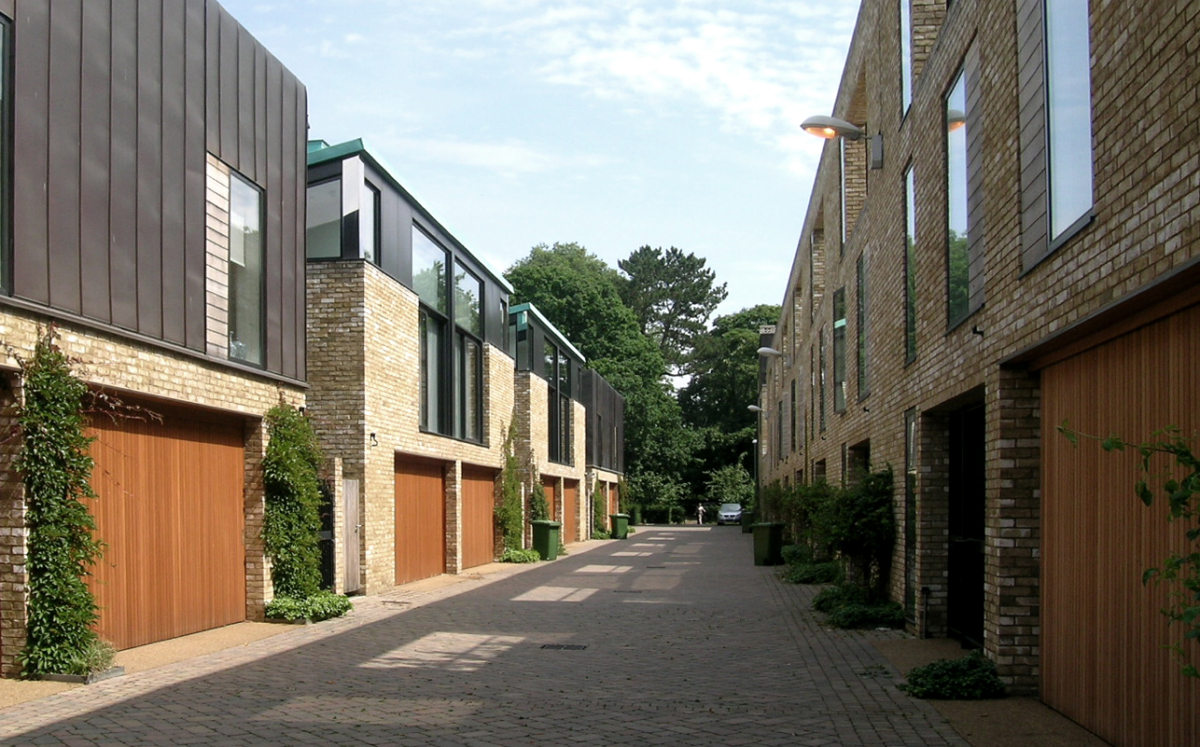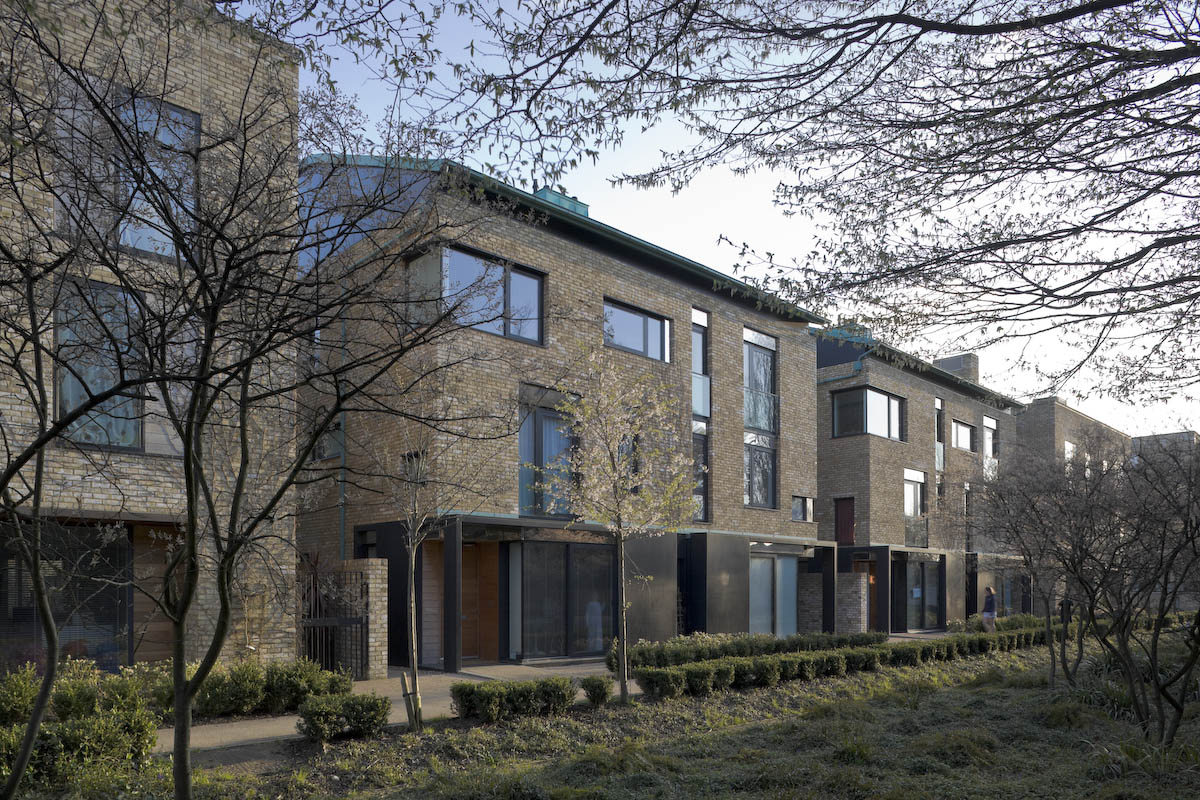Accordia Sky Villas Cambridge
“This is high-density housing at its very best, demonstrating that volume house-builders can deliver high-quality architecture while improving their own bottom line.” – RIBA Stirling Prize Judges
These four semi-detached houses act as the frontispiece for Accordia, Cambridge, our Stirling Prize-winning residential neighbourhood designed in collaboration with FCB Studios and Macreanor Lavington. Accordia consists of 400 dwellings of varying typologies, of which ABA designed two apartment buildings and these four villas.
These houses are an exuberant re-interpretation of the 19th Century semi-detached house typology that is found in this Cambridge context, adapting it to twenty-first Century family life, within the masterplan constraints of a three-storey frontage and an eight-meter-wide house plot. Spatial qualities of openness, transparency to the exterior, flexibility and connectivity were our primary intentions. These goals were achieved by using the device of a split-level building section focussed around a central atrium, to enable a sense of visual and spatial connectivity between all four stories.
The ground floor is conceived as a continuation of the adjacent outdoor spaces. This spatial continuity is achieved by shifting the staircase to the party wall side of the plan so that upon entering, one sees straight through the house to the garden. The atrium – also the dining area – is a triple height space, or ‘great hall’, that visually and physically connects every floor of the house, filling its centre with light.
The house has no corridors. Upper floor rooms are accessed from galleries that overlook the atrium, filled with light from flank wall glazing. On the north side of the house are four floors of bedrooms and service elements. These spaces have a more enclosed, nest-like quality. In contrast, the three-story element on the south side of the atrium has more open spaces with higher ceilings overlooking a courtyard garden. Opposite, a two storey mews building is a garage and guest accommodation at first floor level. A large sliding door in the garage opens it to the garden, so that it can take on other uses, such as a workshop or playroom.
The Villa elevations were developed to express the free-form section of the houses. Together the windows form a spiral pattern, disguising the symmetry of a semi-detached house to create the reading of a single house. The elevations facing Brooklands Avenue therefore have an array of punched windows that ‘dance’ across the facades. Internally these windows appear in unexpected places such as along floors and corners, allowing equally unexpected views.
Metal-clad porticoes form ‘front porches’, important semi-public spaces that double as bay windows to the kitchen. Conversely, the south facing garden elevation is primarily glazed with two storey portico that is a sun-shading device, covered outdoor terrace and first floor balcony. The same graphite metal of the porticoes is used to clad the living room fireplace, reinforcing a sense of spatial and material continuity between house and courtyard garden. Both the main houses and guesthouses are finished with standing seam copper roofs, which connect this domestic architecture to a longstanding tradition of copper architecture in Cambridge.
